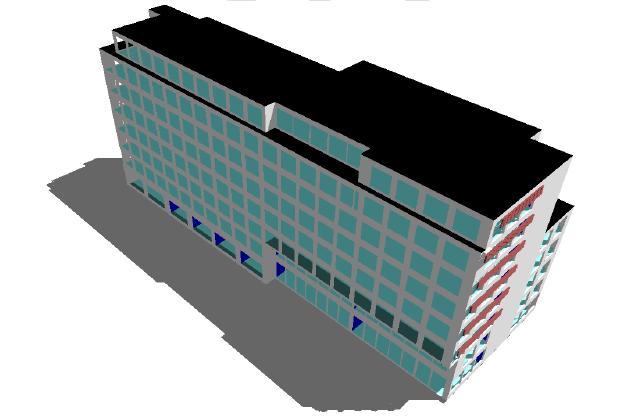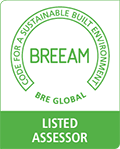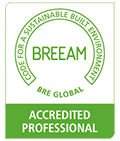Using specialised thermal simulation software, we undertake thermal comfort studies aiming at optimising a building’s design, so as to achieve the desired (or required) internal comfort conditions.
For determining the appropriate thermal comfort levels for each type of space / building, both national as well as international published literature and guidelines are used e.g. ELOT EN 15251, ELOT EN ISO 7730, CIBSE Guide A for Environmental Design (UK) etc.
Thermal comfort assessments take into consideration: the building’s geometry and orientation; the surface areas and properties of construction materials; internal gains from occupants, lighting, electrical equipment; the strategies and systems used to provide space heating / cooling / ventilation / lighting; as well as the changing outdoor climate conditions.

Dynamically assessing the interaction between the above parameters, it is possible through such studies to calculate, for each area of a building:
- the estimated risk of overheating during the summer months
- the estimated internal temperatures at different times of the year
- the estimated “thermal comfort indices” PMV (Predicted Mean Vote) and PPD (Percentage People Dissatisfied) at different times of the year
Based on the results of the assessment:
- we evaluate alternative options for the design of the building envelope and the strategies for providing space heating, cooling, ventilation
- we recommend to the Client / designer, appropriate design solutions for achieving internal thermal comfort, quantifying the estimated benefits
Indicative recommendations may include:
- alternative glazing / openings’ configuration on the facades
- use of glazing with the appropriate solar characteristics
- use of shading systems
- modification of the strategy for cooling / heating / ventilation / lighting








